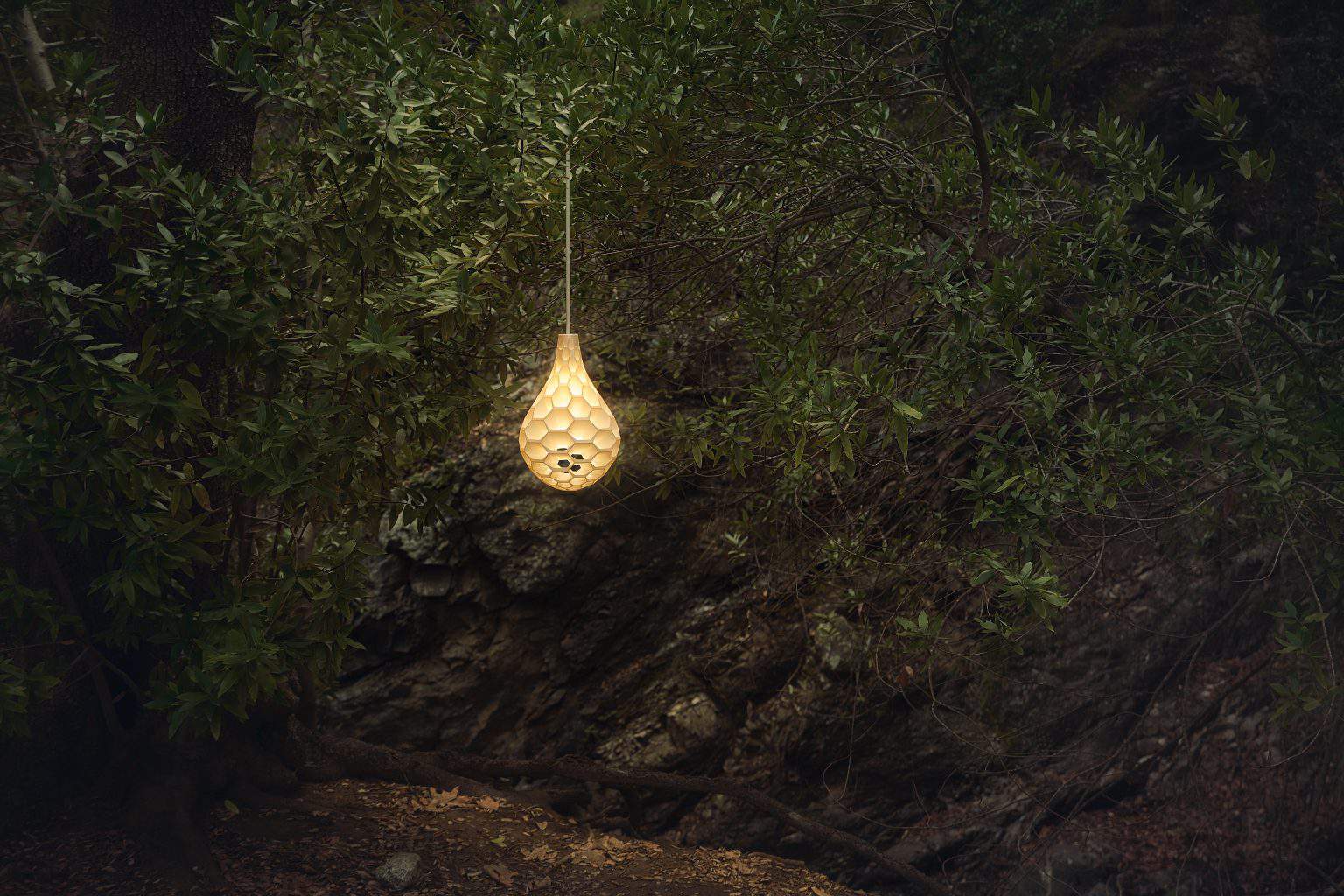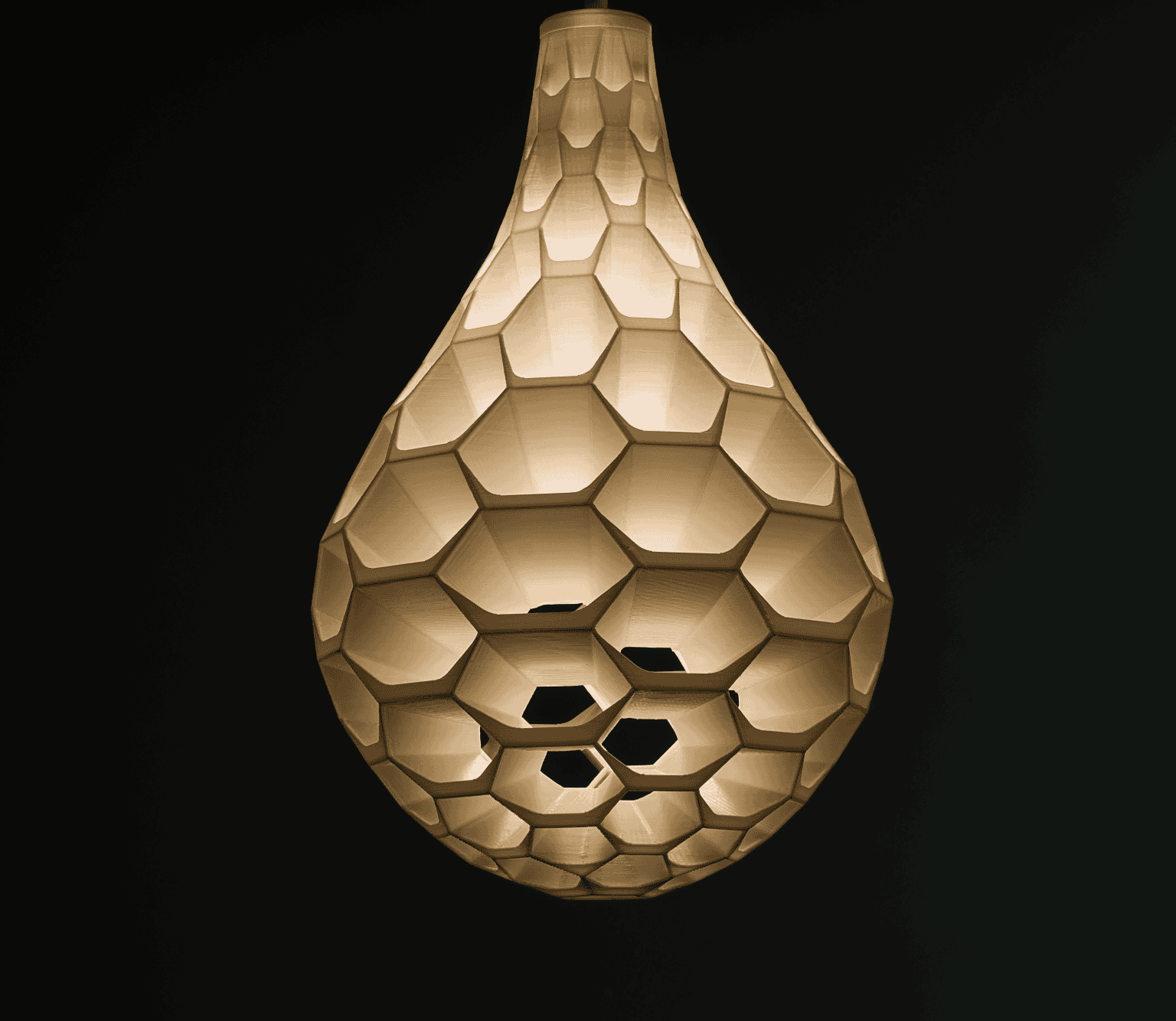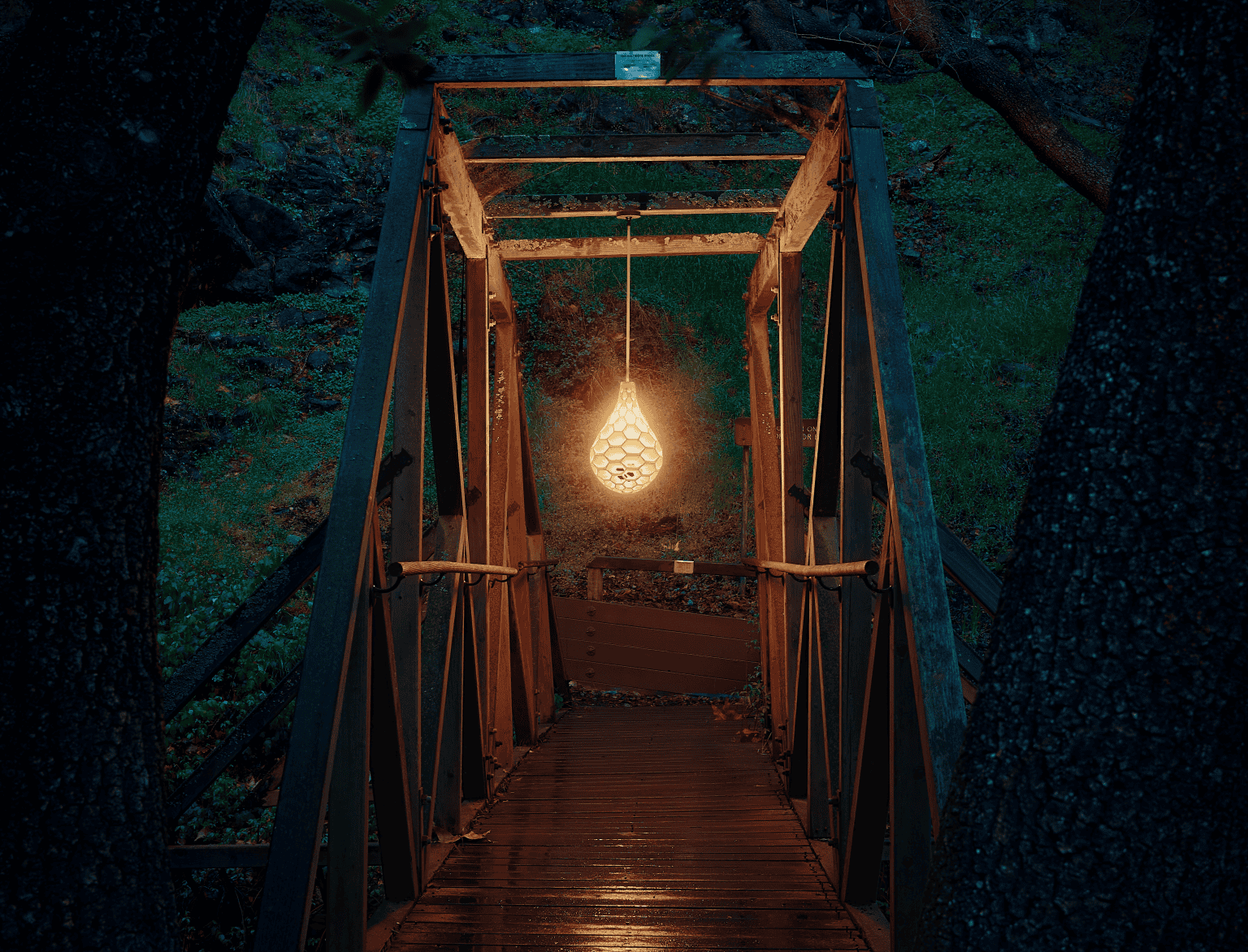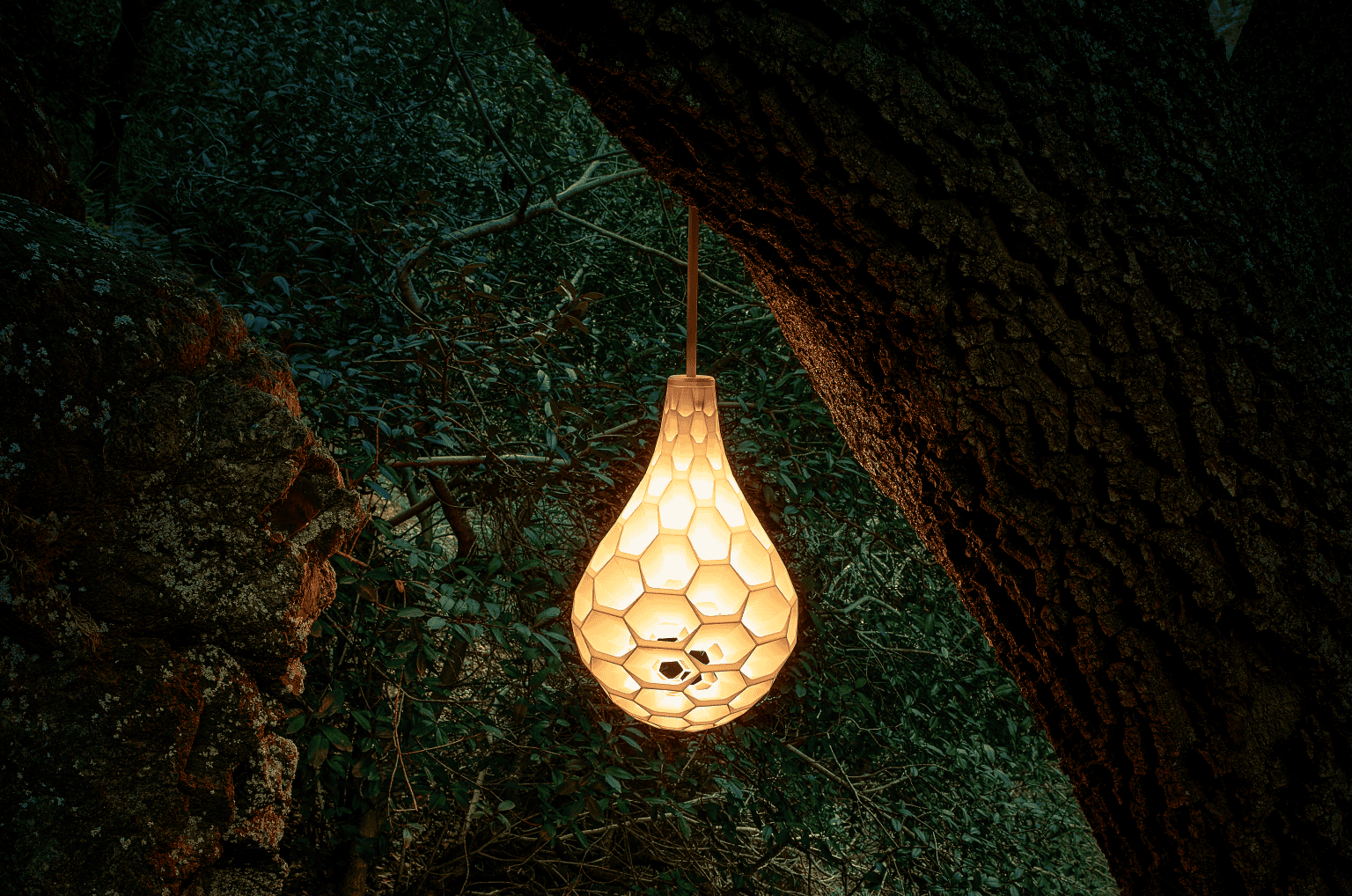Ben Mickus, an award-winning designer and practicing architect, designed and 3D printed “Hedron,” a pendant that’s light years ahead of modern chandeliers.
Design inspired by geometry in nature. Dreamy ethereal glow. Timeless gradient aesthetic. These are some images that Ben Mickus’ 3D printed Hedron pendant light conjures to the mind. The chandelier balances intricacy with playfulness, inviting you to step into an elegant space that celebrates futuristic design powered by a conscious fabrication choice.
Ben Mickus founded Mickus Projects, a 15-year-old multi-disciplinary design studio specializing in furniture, lighting, architecture, and design strategy. He honed his design skills working on large-scale cultural projects at the prestigious architecture firm, Diller Scofidio + Renfro in New York.
Over the years, Mickus Projects has engaged in a variety of research-driven prototype projects, spanning furniture, architecture, and lighting. The design studio's latest endeavor in the interior lighting space with the Hedron delved into 3D printing with bioplastics.

The Genesis of Hedron
Inspired by the geometric design of polyhedrons, Ben created the Hedron with a twist that fools the eye. One can look into and through it without actually seeing the light source inside. This geometrical trick makes the Hedron look like it’s glowing from within. Produced with translucent BigRep PLX, the printed walls are thinner at the edges and are angled precisely so the light bounces twice, creating a light-to-dark ambient glow. Almost magically, the light displays no glare and is shadow-free.
"The idea for this fixture started with the shape of a polyhedron, a multi-faceted, three-dimensional object, which has a really interesting form that naturally takes on a curve. Like a turtle shell, or an insect eye, or a soccer ball, all these things are based on polyhedrons where the curve changes between hexagons and pentagons," Ben explained.

Through parametric modeling, he was able to meticulously iterate and adjust the angles of each surface to achieve the perfect result.
“I modeled the Hedron parametrically so that the angle of all surfaces could be very carefully and precisely controlled so that you can't see the light bulb, no matter which way you look at the fixture.”
3D Printing Illuminates the Path
“The superior surface quality achieved by BigRep's PLX was the best part. And it's the only filament that doesn't use petroleum products, which was a really big plus for me.”

The printing process presented its own set of challenges, particularly in achieving a single-part print with striated texture and complex form. The large build volume of the BigRep STUDIO was crucial to produce the 18"W X 12"H intricate design in full-scale, while also allowing experimentation with different materials before the final choice of PLX. Inspired by various post-processing methods, Ben experimented by coating the fixture in a ceramic-based sealant to achieve a matte appearance.
Design Elevated by Functionality
Hedron's design is not only aesthetically pleasing but is also highly utilitarian. It is designed to hang from a concealed inner bracket inside the stem. The fixture can be easily attached and detached without the need for fasteners, glue, or additional hardware. Ben explained, "The entire shade is just lifted up, rotated 60 degrees, and then it slips out from kind of a three-point slot in the top of the fixture." This custom component is an excellent example of how Design for Additive Manufacturing (DfAM) can consolidate components for better products requiring less assembly.

A Bright Future Ahead
The Hedron will be showcased at the Light Design Expo in San Francisco on June 20th, which is sponsored by the Illuminating Engineering Society (IES). The event will be a platform for Ben to get a pulse of the industry, which he hopes will help in moving the Hedron towards mass production.
He is optimistic about the fixture's potential and looks forward to its reception. Keep an eye out for his futuristic Hedron at the Light Design Expo and beyond.

Want to Learn More about 3D Printing Bespoke Furniture?
Download the eBook, RH-Engineering & manoFigura 3D Print Luxury Furniture.
Find out how RH-Engineering and manoFigura design and create custom furnishings. Deep dive into their breakthrough product, the Magna Patero Ortus – a 3D-printed end-use sink.
Read this additive manufacturing case study to learn:
- How businesses are manufacturing custom products with 3D printing
- Why additive manufacturing is the perfect solution for custom and low-volume production
- How large-format 3D printers unlock creativity and opportunity
- Unique post-processing systems for end-use products
HOW RH-ENGINEERING & MANOFIGURA 3D PRINT LUXURY FURNITURE


